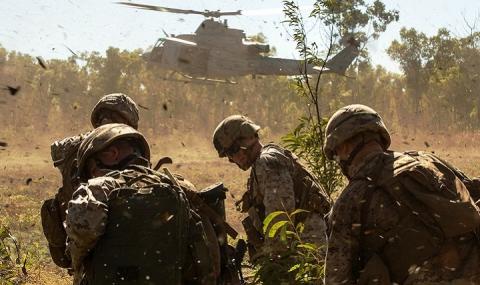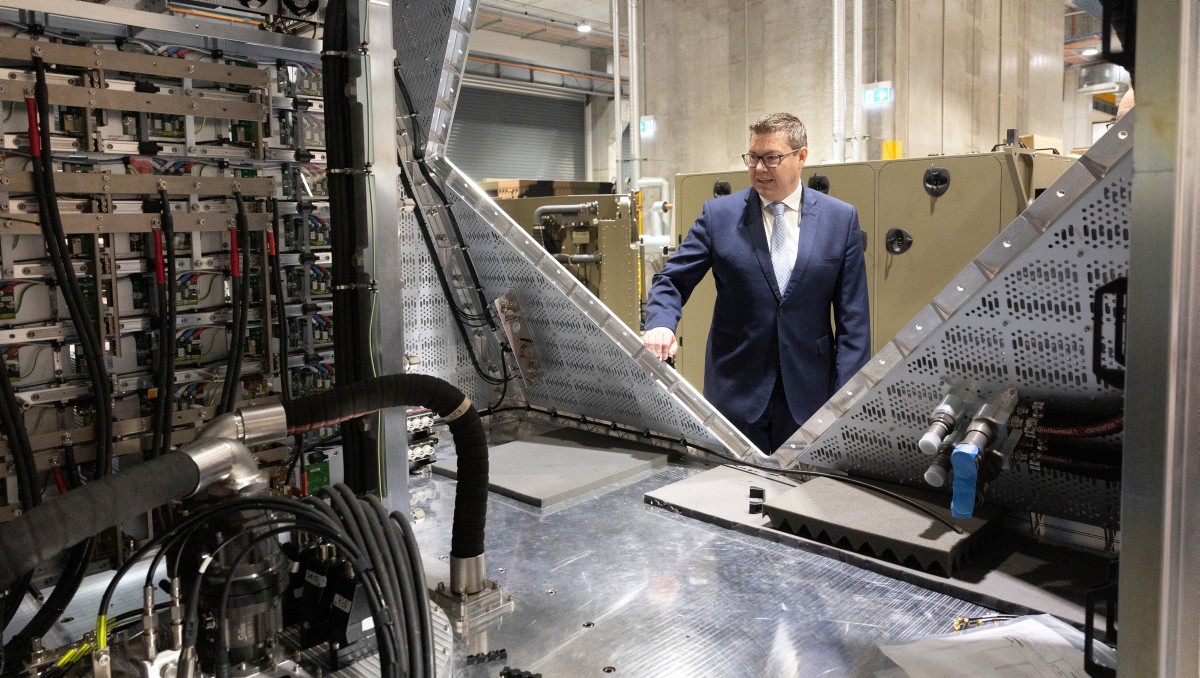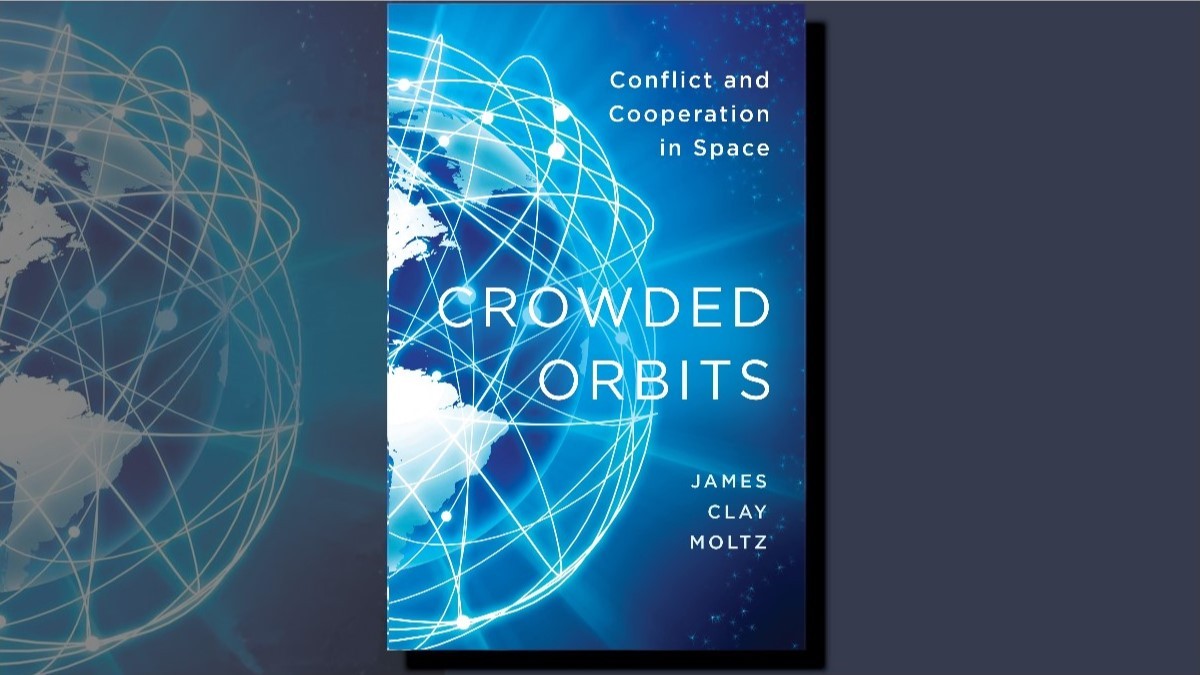A response to: Does ‘mass’ matter? How does a small Army with an ever increasing no. of enablers keep its fighting echelon strong, resilient and agile?
Mass
When employing force “the best strategy is always to be very strong; first in general, and then at the decisive point.”[1] “Strength” is constrained by resources, demographics and will; in turn these factors respond to the perceived importance of the objective that the force seeks to obtain.[2] Because militaries and governments seek empirical measures, “strength” is measured often in numbers of soldiers, units and fighting vehicles. Measuring force in this way ignores other components of strategy; like moral factors and logistics that unhelpfully avoid easy empirical classification. As a result, land forces habitually conflate numbers of combat soldiers with strength and colloquially refer to this as “mass.” Ignoring the weakness of “mass” as a measure of land power, this article proceeds in three parts. First, it describes the Australian Army’s interest in “mass.” Second, it details three approaches used by land forces to offset a lack of mass. Third, it describes an approach to offset a lack of mass that the Australian Army might be cognitively blind to.
Why does the Australian Army care about Mass?
The basic “how much is needed” problem concealed in Clausewitz’s opening quote is deeply human one; familiar to those with household debt or excess baggage charges returning from holidays. In theory, individuals and organisations are cognitively equipped to balance “how much is needed" with the resources they have. In practice, emotion, chance, and unmeasurable or foreseen variables, like the enemy, often lead to a dissonance between task and resources. Claustewitz's urging to be strong “everywhere” and reduce the risk of this miscalculation is at the core of the interest in more “mass.” The risk of miscalculation is acute for the Australian Army which is small relative to other land forces and therefore must identify the decisive point or strategic juncture[3] correctly or risk being “out massed” or numerically disadvantaged.[4]
Common Approaches to Mitigating the Risk of Numerical Disadvantage
Knowing the perils of anticipating strategic junctures, western militaries practice common approaches to increase “mass”. These approaches are: Regular and Reserve Force partnering through a standing force generation cycle, indigenous force partnering through deployed training teams and Reserve mobilisation to reconstitute and regenerate deployed units. The Australian Army is already employing these techniques to varying degrees. Obviously, their effectiveness can be increased with additional staff energy, manning and resources, presumably at the cost of other Army programs. Sorry, there are no silver bullets.
Discounting silver bullets, it is possible that Army is cognitively blind to another common technique to offset numerical disadvantage. This cognitive blindness is evident in the wording of the FLWB poser, “How does a small Army with an ever increasing number of enablers keep its fighting echelon strong resilient and agile?” This sentence intimates that that only forces designed for close combat can solve the mass problem and the “enablers” contribute to that problem. Whilst it is unlikely that the writer of the poser intended to portray bias, it is not contentious to state that the Australian Army has a bias for close combat. This bias results from a history defined by unit actions in battle, explicit emphasis on the tactical employment of Combat Brigades in Army's Schools and Colleges, and exercise design, training, doctrine and PME that typically underplay shaping and sustaining actions.
Broadening the aperture outside close combat forces reveals operational concepts that address numerical inferiority. Airland Battle and the so called “Blitzkrieg” for two leading examples, sought “strength” by limiting the mass of the enemy at the decisive point. This effect was achieved by strike and manoeuvre from the air that delayed, disrupted and physically ameliorated enemy “mass” - namely reserves and reinforcements. Further, the tools of more recent operational concepts, New Generation Warfare and Multi Domain Battle, operate in the air, electro magnetic spectrum and cyber domain and to deny adversary close combat forces access to the battle zone. CEMA, Information operations, long range Joint Fires and Robotic and Autonomous systems (RAS) could do this in the following ways:
- Robotic and Autonomous systems (RAS) and Artificial Intelligence (AI). RAS offers opportunities to increase the “strength” of a force without increasing personnel numbers. These systems can manoeuvre against adversary ground manoeuvre forces before they participate in close combat with less human and political risk than manned systems.
- Information operations, carried on a CEMA backbone, undermine the will of an adversary and this will slow recruitment and decrease the will to fight of the adversary.
- Joint Fires and CEMA disrupt the movement or reinforcements, reserves and second echelon forces.
In summary, the Army can increase mass by directing more resources, manning and staff energy to Regular and Reserve Force partnering, indigenous force partnering, and Reserve mobilisation plans to reconstitute and regenerate deployed units. The Army could also consider fundamentally changing the way it fights, redesigning close combat forces, and investing establishment and capital in capabilities designed to delay, disrupt and physically ameliorate enemy “mass” before it reaches the decisive point.
[1] Clausewitz, C. ., Howard, M., Paret, P., & Brodie, B. (1984). On war. Princeton, N.J: Princeton University Press. Book 1
[2] Ibid.
[3] Militaries should look to occupy “strategic junctures where significant possibilities of change are underway.” Opportunities and threats will manifest themselves in “social movements with a potential to invent new rights or promote new identities, or protean forces that arise from regime collapses, the effects of rapid climate change or practices of humiliation that issue in a riot or civil war.” Celestino Perez, "The Soldier as Lethal Warrior and Cooperative Political Agent: On the Soldier's Ethical and Political Obligations Toward the Indigenous Other," Armed Forces and Society (2011).
[4] Given this, a pedantic reminder of the functional and geographic limits of the Australian Army’s Reinforced combat Brigade is needed. The Reinforced Combat Brigade, of which one is “ready” for deployment at any given time, can capture a piece rural terrain approximately 1km x 1km square held by 1000 well trained enemy soldiers equipped with modern weapons and vehicles. This area would reduce by 75% in urban terrain. Against a less capable enemy, a different metric, such as Templar’s one security force soldier to every 20 members of the community would mean that 1200 odd combat soldiers in the reinforced combat Brigade could secure a community of 24,000 people facing threat from insurgents.
The views expressed in this article and subsequent comments are those of the author(s) and do not necessarily reflect the official policy or position of the Australian Army, the Department of Defence or the Australian Government.
Using the Contribute page you can either submit an article in response to this or register/login to make comments.



